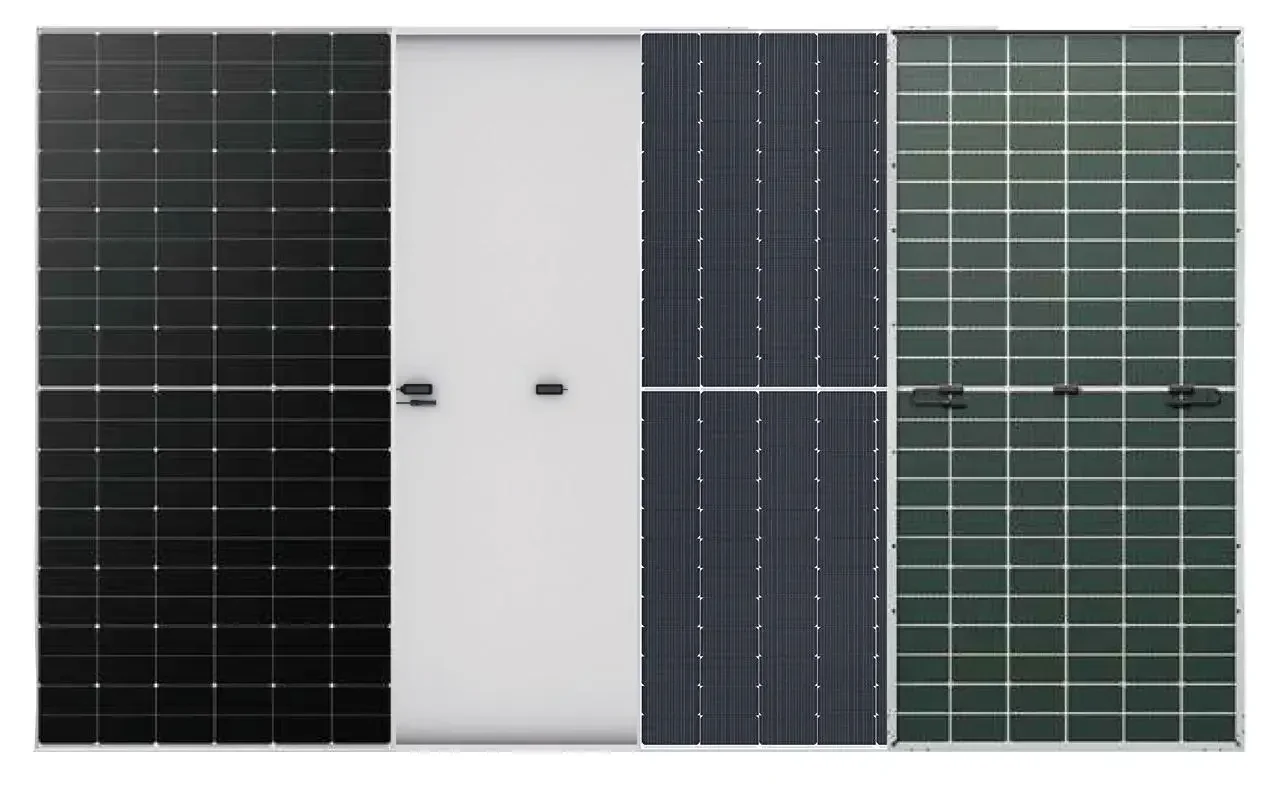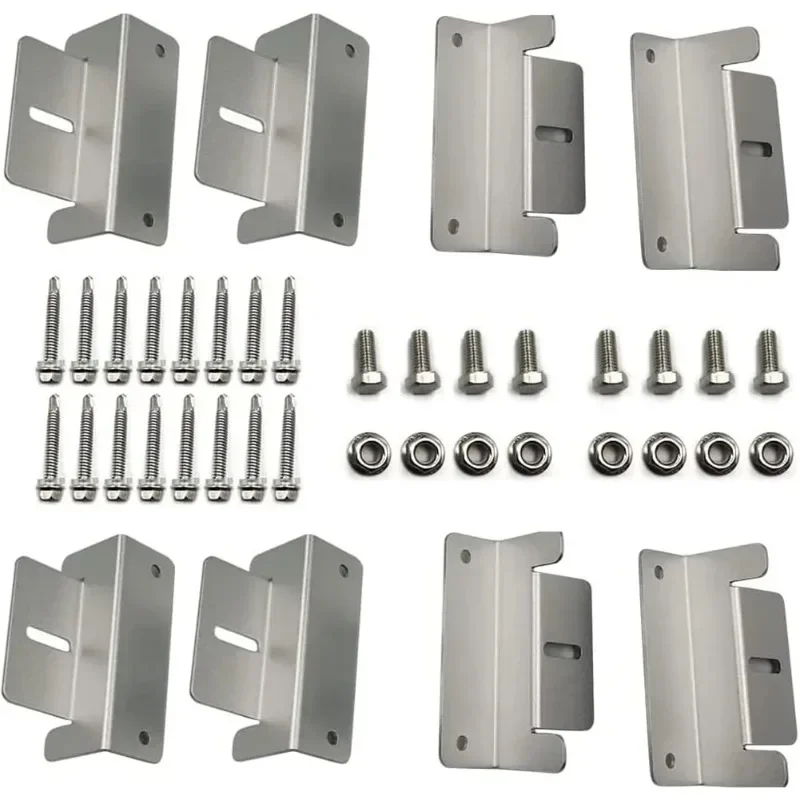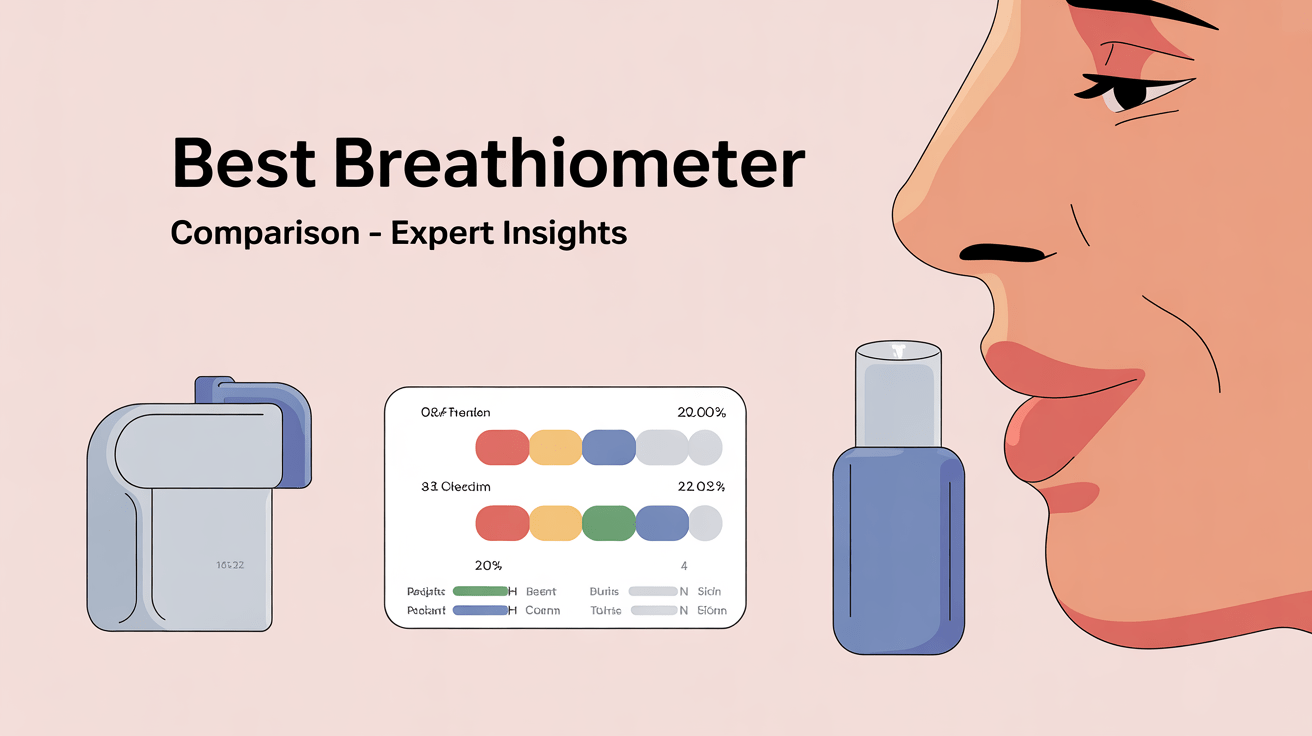


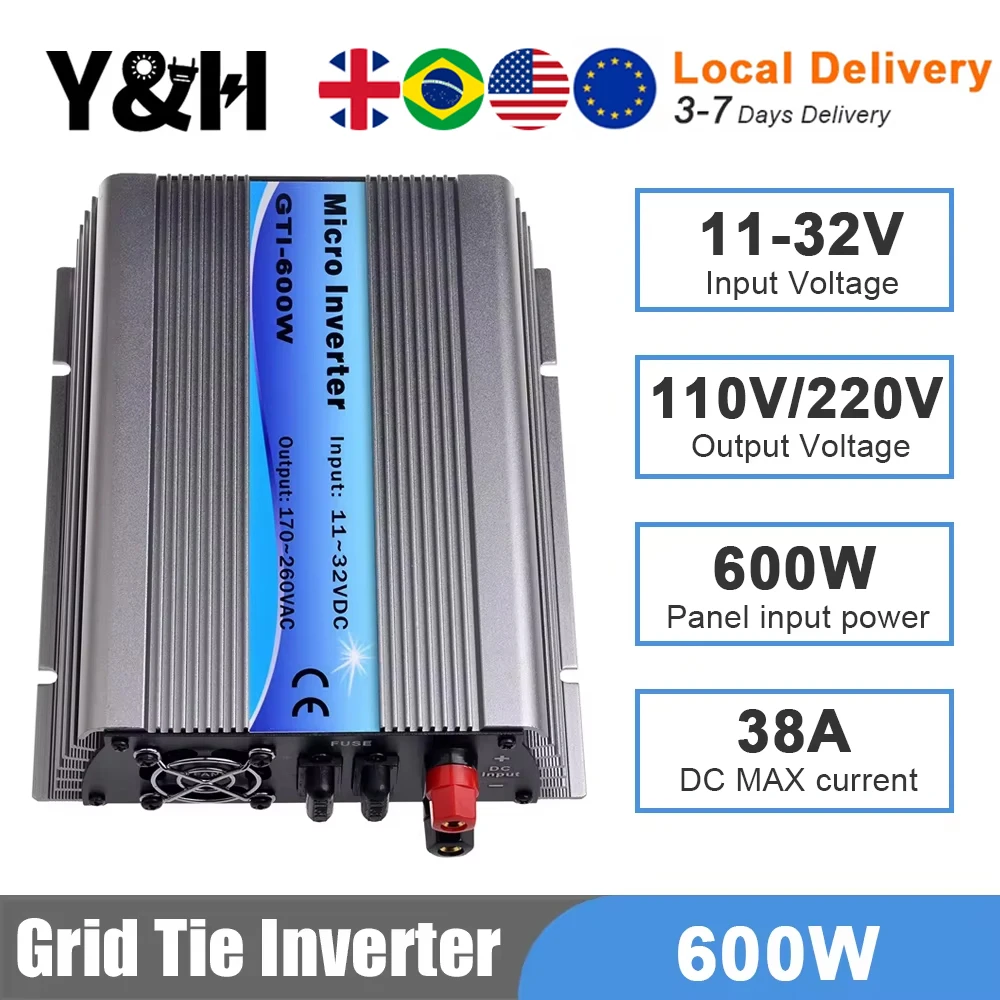
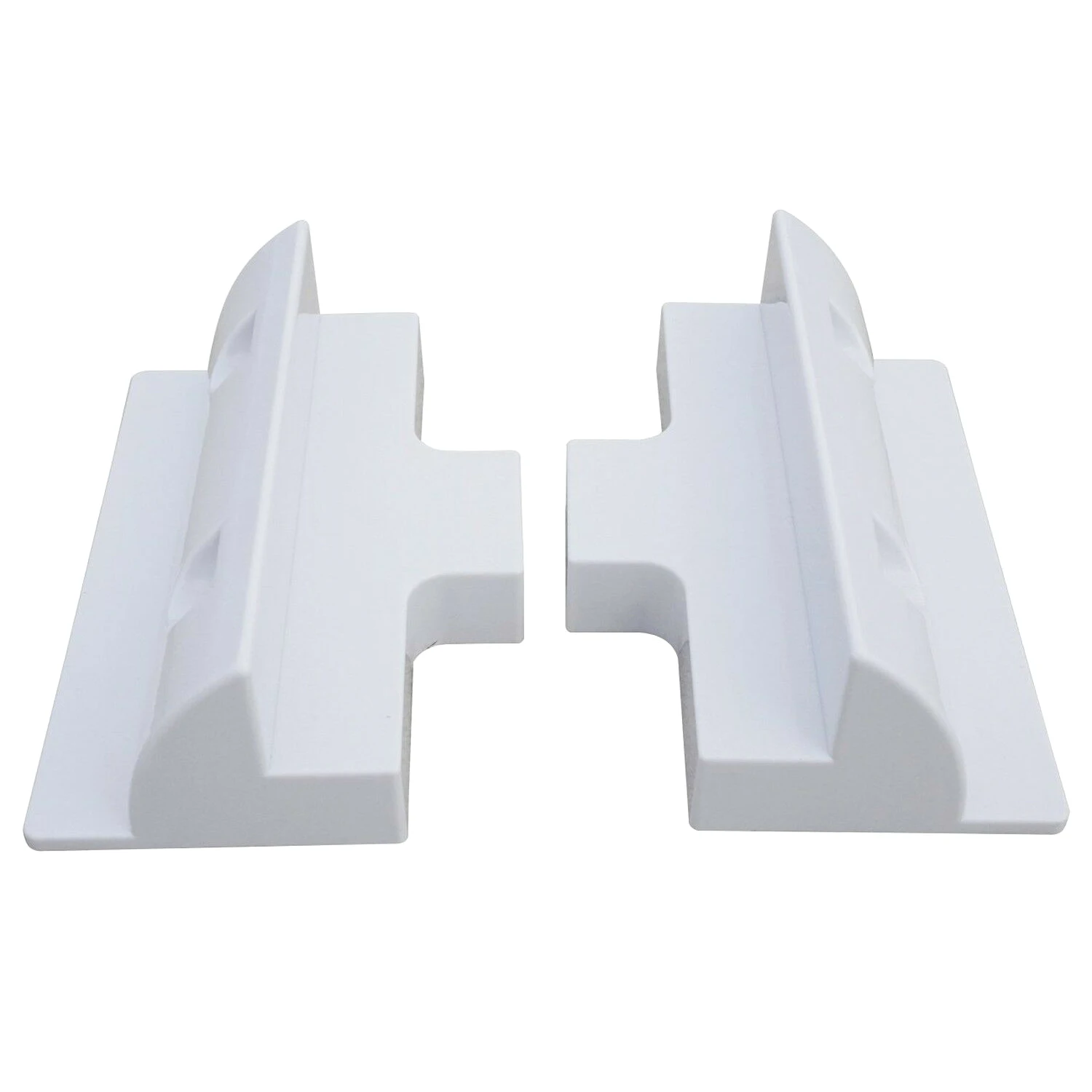
Millions of Americans are discovering that rooftop solar panels do more than just cut utility bills and shrink carbon footprints. The federal rooftop solar tax credit lets you slice a full 30 percent off the cost of your entire installation, dollar-for-dollar at tax time. It might sound like just another complicated perk in the maze of government incentives, but this simple credit is flipping the script and turning clean energy dreams into real savings for everyday homeowners.
Table of Contents
- What Is The Rooftop Solar Tax Credit?
- Why The Rooftop Solar Tax Credit Matters
- How The Rooftop Solar Tax Credit Works
- Key Concepts Of Rooftop Solar Tax Credit
- The Impact Of Rooftop Solar Tax Credit On Homeowners
Quick Summary
| Takeaway | Explanation |
|---|---|
| Federal tax credit reduces solar installation costs | Homeowners can claim a percentage of solar panel installation costs against their federal income taxes, easing financial burdens. |
| Own your solar system to qualify for the credit | Only purchased solar systems qualify; leased systems generally do not meet eligibility criteria. |
| Current credit rate is 30% until 2032 | To maximize financial benefits, install solar systems by 2032 to receive the full 30% tax credit. |
| Long-term savings on energy costs | The credit promotes energy independence, leading to substantial savings on utility bills over time. |
| Environmental benefits align with financial incentives | Investing in solar energy not only boosts personal savings but also supports national carbon reduction goals. |
What is the Rooftop Solar Tax Credit?
The rooftop solar tax credit represents a powerful financial incentive designed to encourage homeowners and businesses to invest in renewable solar energy systems. This federal tax credit provides a significant reduction in the overall cost of installing solar panels, making clean energy more accessible and economically attractive.
Understanding the Federal Solar Investment Tax Credit
The rooftop solar tax credit, officially known as the Residential Clean Energy Credit, allows taxpayers to claim a percentage of their solar panel installation costs directly against their federal income tax liability. According to the Internal Revenue Service, this credit is not just a deduction but a dollar-for-dollar reduction in the taxes you owe.
Key Features of the Tax Credit:
- Applies to both residential and commercial solar photovoltaic systems
- Covers expenses including solar panels, contractor labor, equipment, and system components
- Percentage of credit varies based on the year of installation
Calculating Your Solar Tax Credit
To qualify for the rooftop solar tax credit, your solar system must be new or being used for the first time. The credit is calculated based on a percentage of the total system cost, which includes solar panels, inverters, mounting equipment, and professional installation expenses.
Important Considerations:
- The tax credit is nonrefundable, meaning it can reduce your tax liability to zero
- Excess credit can typically be rolled over to subsequent tax years
- Homeowners must own the solar energy system to claim the credit
By leveraging this federal incentive, you can significantly offset the initial investment required for solar panel installation, making renewable energy a more financially viable option for many households and businesses.
Why the Rooftop Solar Tax Credit Matters
The rooftop solar tax credit transcends mere financial incentives, representing a critical mechanism for driving sustainable energy transformation and supporting broader environmental and economic objectives. This federal program plays a pivotal role in accelerating renewable energy adoption across residential and commercial sectors.
Economic Impact and Personal Savings
Research from the National Renewable Energy Laboratory demonstrates that solar tax credits significantly reduce the financial barriers preventing widespread solar system installation. By offsetting substantial upfront costs, these credits make solar energy more economically accessible for average homeowners.
Financial Benefits Include:
- Direct reduction in total installation expenses
- Potential long-term energy cost savings
- Increased property value for solar-equipped homes
- Opportunity to generate electricity independent of traditional grid systems
Environmental and Societal Advantages
Beyond individual economic benefits, the rooftop solar tax credit supports critical national objectives related to carbon emissions reduction and clean energy transition. Check out our comprehensive guide on solar panel technology to understand the broader technological landscape driving these improvements.
Key Environmental Contributions:
- Reduction of greenhouse gas emissions
- Decreased reliance on fossil fuel-based electricity generation
- Support for sustainable infrastructure development
- Acceleration of renewable energy technological innovations
By incentivizing solar energy investments, the tax credit serves as a powerful policy tool that bridges individual financial interests with broader environmental sustainability goals, creating a win-win scenario for homeowners and the planet.
How the Rooftop Solar Tax Credit Works
The rooftop solar tax credit operates as a sophisticated financial mechanism designed to incentivize renewable energy investments by providing substantial tax relief for solar system installations. Understanding its intricate workings requires a comprehensive examination of eligibility, calculation, and application processes.
Eligibility and Qualification Parameters
According to the Internal Revenue Service, solar tax credits apply to systems that meet specific technical and ownership criteria. Homeowners must own their solar photovoltaic system outright, which means purchased systems qualify while leased systems typically do not.
Below is a table summarizing the eligibility requirements for claiming the rooftop solar tax credit, providing an at-a-glance view for homeowners assessing their qualification.
| Requirement | Description |
|---|---|
| Ownership | Homeowner must own (not lease) the solar energy system |
| Location | System must be installed at a primary or secondary U.S. residence |
| System Status | Solar system must be new or used for the first time |
| Year of Installation | System must be operational during the tax year credit is claimed |
| Type of System | Applies to both grid-connected and off-grid residential systems |
Core Qualification Requirements:
- Solar system must be installed at primary or secondary residence in the United States
- System must be new or being used for the first time
- Solar panels must be operational during the tax year claiming the credit
Credit Calculation and Application Process
The tax credit is calculated as a percentage of total solar system installation costs, including equipment, labor, and associated professional expenses. Learn more about solar panel installation with our comprehensive guide to understand the nuanced components involved in system setup.
Detailed Calculation Components:
- Total eligible expenses include solar panels, inverters, mounting equipment, and installation labor
- Current credit rate is 30% of total system costs through 2032
- Credit can be applied against federal income tax liability
- Excess credit can typically be rolled forward to subsequent tax years
By providing this structured financial incentive, the rooftop solar tax credit transforms renewable energy investment from a potential financial burden into an economically attractive opportunity for homeowners committed to sustainable energy solutions.
Key Concepts of Rooftop Solar Tax Credit
Comprehending the rooftop solar tax credit requires a nuanced understanding of its complex regulatory framework and strategic implementation. This federal incentive represents more than a simple financial discount, embodying a sophisticated policy mechanism designed to accelerate renewable energy adoption across residential sectors.
Fundamental Structural Components
According to the U.S. Department of Energy, the solar tax credit encompasses a comprehensive range of eligible expenses beyond basic equipment costs. Understanding these intricate details is crucial for maximizing potential financial benefits.
Core Structural Elements:
- Covers direct solar equipment purchases
- Includes associated installation and labor expenses
- Applies to both grid-connected and off-grid solar systems
- Encompasses mounting hardware and electrical infrastructure modifications
Credit Progression and Future Trajectory
The tax credit represents a dynamic policy tool with evolving percentage rates and strategic implementation phases. Explore potential solar savings for future investments to understand long-term financial implications.
Critical Credit Evolution Stages:
- 30% credit rate applicable for systems installed between 2022-2032
- Scheduled reduction to 26% for systems installed in 2033
- Further reduction to 22% for systems installed in 2034
- Potential complete expiration after 2034 without congressional renewal

By dissecting these key conceptual frameworks, homeowners and investors can strategically navigate the complex landscape of solar energy incentives, transforming environmental consciousness into tangible financial opportunity.
This table summarizes the progression of the federal rooftop solar tax credit rates over the coming years, helping homeowners plan installation timing for optimal savings.
| Installation Year | Federal Tax Credit Rate |
|---|---|
| 2022 – 2032 | 30% |
| 2033 | 26% |
| 2034 | 22% |
| 2035+ (if not renewed) | 0% |
The Impact of Rooftop Solar Tax Credit on Homeowners
The rooftop solar tax credit represents a transformative financial instrument that fundamentally reshapes homeowners’ approach to renewable energy investment. By providing substantial economic incentives, this federal program bridges the gap between environmental consciousness and practical financial decision-making.
Financial Transformation and Long-Term Savings
Research from Lawrence Berkeley National Laboratory demonstrates that solar installations significantly enhance property values while offering substantial energy cost reductions. The tax credit serves as a crucial mechanism enabling homeowners to access these long-term financial benefits with reduced initial investment barriers.
Direct Financial Advantages:
- Immediate reduction of installation expenses by 30%
- Potential increase in property market value
- Substantial long-term electricity cost savings
- Enhanced energy independence and price stability

Personal Energy Independence and Environmental Impact
Beyond pure financial metrics, the solar tax credit empowers homeowners to become active participants in sustainable energy transformation. Discover more about emerging solar technologies that complement these financial incentives.
Homeowner Empowerment Dimensions:
- Reduced carbon footprint
- Protection against rising utility rates
- Contribution to national renewable energy goals
- Personal technological innovation adoption
By strategically leveraging the rooftop solar tax credit, homeowners can simultaneously address personal economic interests and contribute to broader environmental sustainability objectives, creating a powerful synergy between individual action and collective progress.
Unlock Your Solar Savings Potential with Trusted Guidance
Are you feeling overwhelmed by the complexities of the rooftop solar tax credit, wondering how to maximize your investment and actually save money? The challenges of understanding eligibility, offsetting high upfront costs, and navigating technical requirements can make the path to solar energy feel uncertain. You deserve clear, actionable advice to turn these opportunities into real financial and environmental benefits.

At HTEXS, we simplify concepts like solar tax credits, installation, and payback calculations into straightforward tips and honest reviews. Ready to invest in a greener future and lower your energy bills? Find practical answers in our expert breakdown of solar panel installation and see real-world savings explored in solar panel savings and payback periods. Visit our website now to get empowering advice that helps you act fast and take full advantage of current solar incentives before they change. Make the smart choice for your home and your wallet today.
Frequently Asked Questions
What is the rooftop solar tax credit?
The rooftop solar tax credit, also known as the Residential Clean Energy Credit, allows taxpayers to claim a percentage of their solar panel installation costs against their federal income tax liability, significantly reducing the overall cost of solar energy investments.
How do I calculate my solar tax credit?
The solar tax credit is calculated as a percentage of the total installation costs of your solar system, including solar panels, inverters, and installation expenses. Currently, the credit rate is 30% for systems installed from 2022 to 2032.
What expenses are covered under the solar tax credit?
The solar tax credit covers various expenses related to the solar power system, including the cost of solar panels, inverters, mounting equipment, installation labor, and other necessary components for a complete installation.
Can I claim the solar tax credit if I lease my solar energy system?
No, only homeowners who own their solar energy systems outright can claim the solar tax credit. Leasing arrangements typically do not qualify for this incentive.
Recommended
- How Much Do Solar Panels Save in 2025 – htexs.com
- How to Set Up Solar Panels for Your Home: A Step-by-Step Guide – htexs.com
- How Much Will Solar Panels Save Me Calculator: Find Out Now – htexs.com
- 8 Essential Solar Energy Tips for 2025 – htexs.com
- Understanding the Tax Implications of Investing – Finblog

